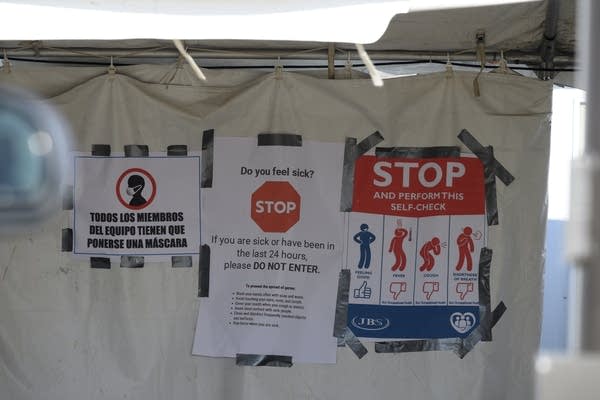April 27 update on COVID-19 in MN: 286 dead; plants idled, livestock euthanized

COVID-19 signage at the employee entrance of JBS USA plant. The state’s agriculture commissioner said Monday some hogs and poultry must be euthanized because COVID-19 has shut down several large processing plants.
Aaron Lavinsky | Star Tribune via AP file
Go Deeper.
Create an account or log in to save stories.
Like this?
Thanks for liking this story! We have added it to a list of your favorite stories.


